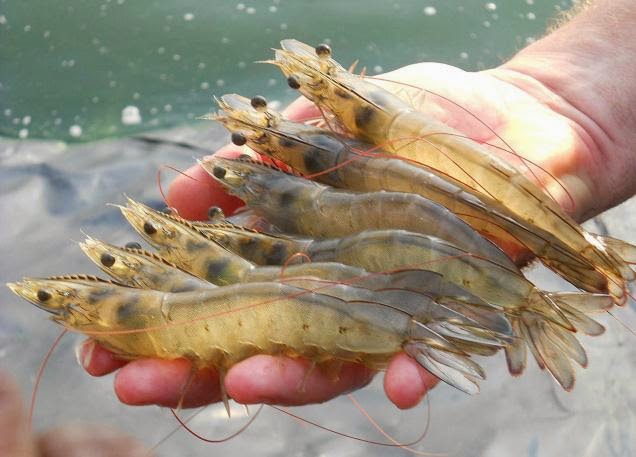In the 1970s, shrimp bycatch in the Gulf of Mexico was estimated at over 10 pounds of bycatch (unwanted species) for every one pound of shrimp caught. But those numbers have been significantly reduced. In fact, bycatch has decreased by 75 percent to about two-and-a-half pounds of bycatch for every one pound of shrimp. This decrease is primarily due to mandated net modifications such as turtle excluder devices and fish bycatch reduction devices.
While this is a substantial decrease in bycatch, one meaningful question remained: what is the status of those bycatch species? Even with the impressive reduction, are any of those bycatch populations being pushed to the point of serious or irreversible harm?
Research on these questions has not been a high priority because most of these bycatch species are not commercially or recreationally important. The general consensus of scientists and managers in the Gulf of Mexico has been that these species are unlikely to be seriously affected by the shrimp fishery because they are fast growing fish that mature at an early age and have many offspring, making them more resilient to fishing pressure. But until now, there had been no specific studies focused on verifying this.
In early 2014, Cox’s Wholesale Seafood, Katie’s Seafood Market, National Fish and Seafood, and Philly Seafood hired LGL Ecological Research Associates to investigate the status of the main shrimp bycatch species in the Gulf of Mexico. The study showed that the main bycatch species are Atlantic croaker, longspine porgy, sea trouts, and inshore lizardfish.
Abundance data indicate that all of these populations are either stable or increasing, and comparison with fishing effort suggests that the shrimp fishery may affect only Atlantic croaker and sea trout. But both populations appear to have been increasing since shrimp effort began declining in the early 2000s.
The overall conclusion of the study was that none of these bycatch species exhibited trends that would warrant concern. While further studies, especially full-fledged stock assessments, would be helpful, we believe this study indicates that the shrimp fishery does not pose a risk of serious or irreversible harm to the main bycatch species.
It demonstrates that while trawl fisheries in diverse ecosystems like the Gulf of Mexico will inevitably result in relatively large amounts of bycatch, these fisheries can still be sustainable as long as the viability of the bycatch species populations is not threatened. Read the full study here.
Read the article HERE. 















